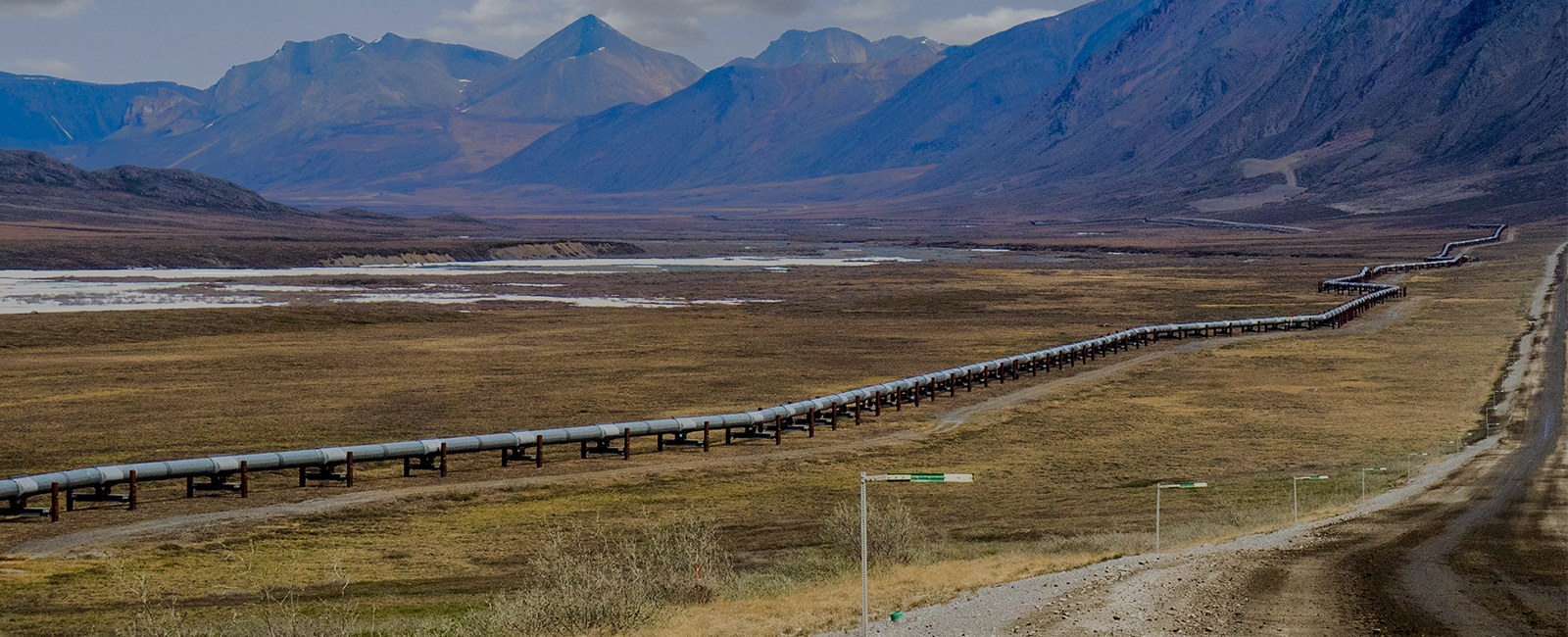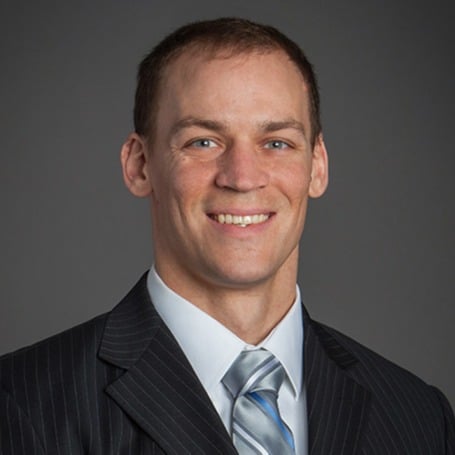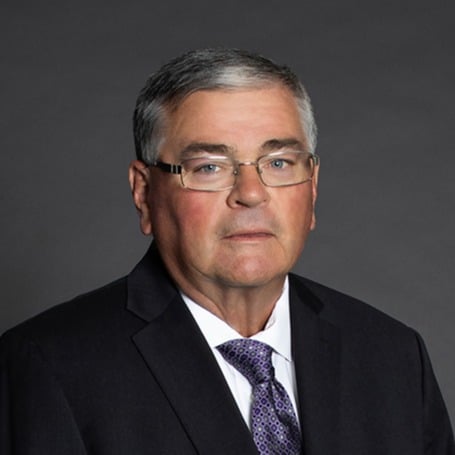
Explore a variety of in-depth aspects of the pipeline industry through this unique collection of podcasts. In these recordings from the Pipeliners Podcast, our professionals talk through timely and timeless topics alike with host Russel Treat.
Scott Martin discusses natural gas, the different types of emissions and the process of getting RNG ready to be used as fuel. In this episode, you will learn why natural gas use is increasing, the difference between cellulosic biofuels and advanced biofuels and how to benefit from them, and how the natural gas industry will improve in the coming years due to better technology and more projects.

Faye Cradit discusses the new Rupture Mitigation and Valve rule and the different challenges the oil and gas industry will face implementing it. In this episode, you will learn how the new valve rule affects multiple sections of code, the distinctions between a gas and a liquid, and how the rule leaves it up to the operators to define a rupture.

Gary Pare discusses the effect COVID-19 has had on the pipeline industry and pipeline projects. He reflects on supply chain issues and how his company is working through those challenges. In this episode, you will learn about the challenges around global supply caused by COVID-19 and how it is increasing the risks on new projects, as pricing is changing daily and companies are not able to provide the products needed expeditiously.

Lori Ferry and Chris Siok discuss permitting, routing and environmental issues. In this episode, you will learn how to make sure you obtain the correct permits for your project through collaboration with environmental and engineering teams early on, consider other outside environmental factors, and see that the permits are still deemed valid as things can change daily.


Scott Glaeser discusses the impact that the Mega Rule will have on the industry for years to come, and how the capital needs for MAOP reconfirmation are almost as much as full pipeline replacements. In this episode, you will learn about the Mega Rule’s impact on gas utilities and pipelines and how the industry is using the rule to upgrade and modernize transmission systems across the country. Scott also discusses rate riders and how they will help companies with MAOP reconfirmations or installations of new pipelines stay up to code.

Mike Falk discusses the demand for natural gas, greenhouse emissions, and the differences between just pure natural gas and a mix of natural gas and hydrogen. In this episode, you will learn about the ways the gas demand has changed over the years, by what method the gas is getting to the markets that need it, as well as how to reduce greenhouse emissions while delivering the gas. Hydrogen is also a large topic of discussion in the episode.

Claudia Farrell and Rebekah Taylor continue to explore the history of the pipeline industry from 1937 to the present. In the second installment of this conversation, you will learn about the creation of OPEC, the role of eminent domain in the creation of pipelines across the U.S., the types of pipelines installed after World War II, the introduction of regulations and new types of pipeline transportation systems in the Cold War era, and how this history has shaped the modern pipeline industry.

Denys Stavnychyi discusses the key steps that go into pipeline construction. In this episode, you will learn about the five categories of pre-construction planning, the pipeline construction process, the importance of planning vs. correction, and how to navigate the difficulties associated with constructing pipelines in different geographic regions.

Frank Onesto discusses the effects of alternating currents (AC) on pipelines and why this matters. In this episode, you will learn about the common impacts of AC on pipelines, the benefits of modern pipeline coatings, and the three AC interference mechanisms that you should know about.

David Slavin discusses the fundamental elements of designing pipeline gas metering and regulating (M&R) stations. In this episode, you will learn about the importance of metering and regulation in aiding the prevention of accidental ruptures, the key components of an M&R station, and how metering and regulation varies between transmission and utilities.

Lalit Chilana discusses the fundamental elements of pipeline horizontal directional drilling (HDD). In this episode, you will learn about the history of HDD, why it has been utilized more often in recent years, and the risks associated with HDD. You will also learn about the three-step process involved in HDD.

Claudia Farrell discusses the key factors that go into pipeline routing, permitting and preconstruction planning. In this episode, you will learn about the processes and planning involved in building a pipeline, typical situations that affect pipeline routing, and the complexity around the pipeline permitting process. You will also learn about what can make the preconstruction process successful or not.

Claudia Farrell and Rebekah Taylor discuss the unique history of the pipeline industry through 1937. In this episode, you will learn about how pipelines first came into play, who the major players were early in pipeline history, the introduction of new technology and regulations that affected pipeline expansion, lessons learned from early incidents, and more.


© 2025 Burns & McDonnell. All Rights Reserved
At this time, Burns & McDonnell is not offering pure architectural services in the states of Illinois, Louisiana, Montana, Nevada, New Hampshire or New Jersey. We may, however, provide design-build services for architectural projects.